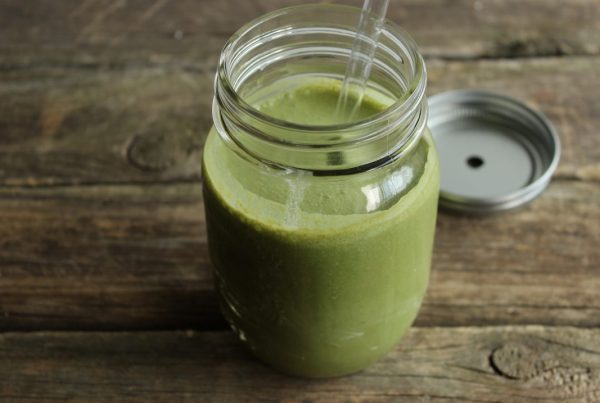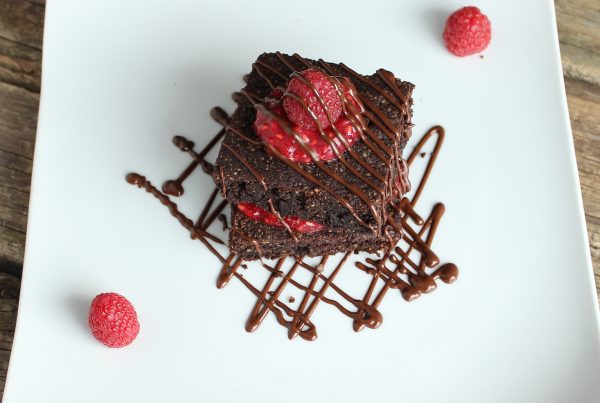If you’ve never delved into the world of seed cultivation, it might seem daunting at first glance. But let me assure you, it’s anything but. Seeds, lying dormant until nestled into soil and showered with water, possess an astonishing potential for life when nurtured under the right circumstances and a sprinkle of care.
Embarking on the journey of seed starting opens up a treasure trove of options beyond what you’d typically find at your local nursery. Pouring over seed catalogs, marveling at the array of rare varieties, could easily become a cherished hobby.
As long as you’re committed to keeping the seedbed adequately moist until those tiny seeds burst forth with life, success is within reach. Taking charge of the entire cultivation process grants you the freedom to ensure top-notch plant growth. Of course, mastering the art of starting seeds indoors—knowing the precise methods and timing—is essential before diving in.
Benefits of Cultivating from Seed
The perks of nurturing plants from seed are manifold. Initially, kickstarting your vegetables, herbs, or flowers from seeds proves to be a more economical choice compared to purchasing young seedlings. Moreover, the yield tends to be more abundant when initiating seeds indoors. A single package of seeds holds the potential for far more plants than you could acquire for the same investment.
Beyond the financial aspect, indoor seed cultivation grants you authority over your growing environment. Especially in regions with harsh winters, starting seeds indoors offers a head start on the gardening season, providing solace for your green endeavors during the gloomier days.
Determining When to Commence Indoor Seed Cultivation
The timing for commencing seed cultivation hinges on the specific crop and your geographical zone. Your zone serves as a guideline for outdoor planting dates in your area. Once acquainted with your zone, refer to the seed packet for germination duration. Counting back from the planting date establishes the ideal starting time. Most plants require at least six weeks from sowing to outdoor transplantation. Some may necessitate planting as early as January, so consulting the seed packet is imperative for accuracy.
Selecting the Ideal Containers for Indoor Seed Cultivation
The choice of containers significantly influences factors such as moisture retention, drainage, and root development, crucial for the vigor and well-being of seedlings. Pre-made seed starting trays are excellent, particularly for novices in seed cultivation. They facilitate drainage, provide the correct amount of soil mix, and offer clarity regarding seed quantity per cell.
Biodegradable alternatives like peat pots, expandable peat or coir pellets, or composted cow manure pots are also available. Although you can utilize existing pots, many gardeners find it challenging to adequately cover, illuminate, and maintain warmth for numerous larger pots.

Initiating Indoor Seed Cultivation: Step-by-Step Guide
Soil Preparation and Container Filling: Utilize an organic, soilless seed starting mix, as garden soil is overly dense, hindering root penetration. Moistening the starting mix ensures seeds have access to moisture upon planting. Fill your chosen containers with the pre-moistened starting mix, ensuring a firm, level surface.
Creating Holes in the Mix: Using your finger, create a hole in each cell of the starting mix. The depth of the holes varies depending on the crop; consult the seed packet for precise instructions on planting depth and spacing.
Sowing the Seeds: Place seeds into the holes in the mix, adhering to the recommended quantity per cell provided on the seed packet. While some seeds thrive when sown individually, others may require multiple seeds per cell.
Covering the Seeds: Cover the seeds with additional starting mix, gently patting it down. Follow the seed packet instructions for the appropriate amount of mix to use. Water thoroughly.
Labeling the Seeds: To facilitate identification as seedlings emerge, label each section accordingly. Given the similarity of many seedlings during the indoor growth phase, meticulous labeling ensures proper outdoor transplantation.





